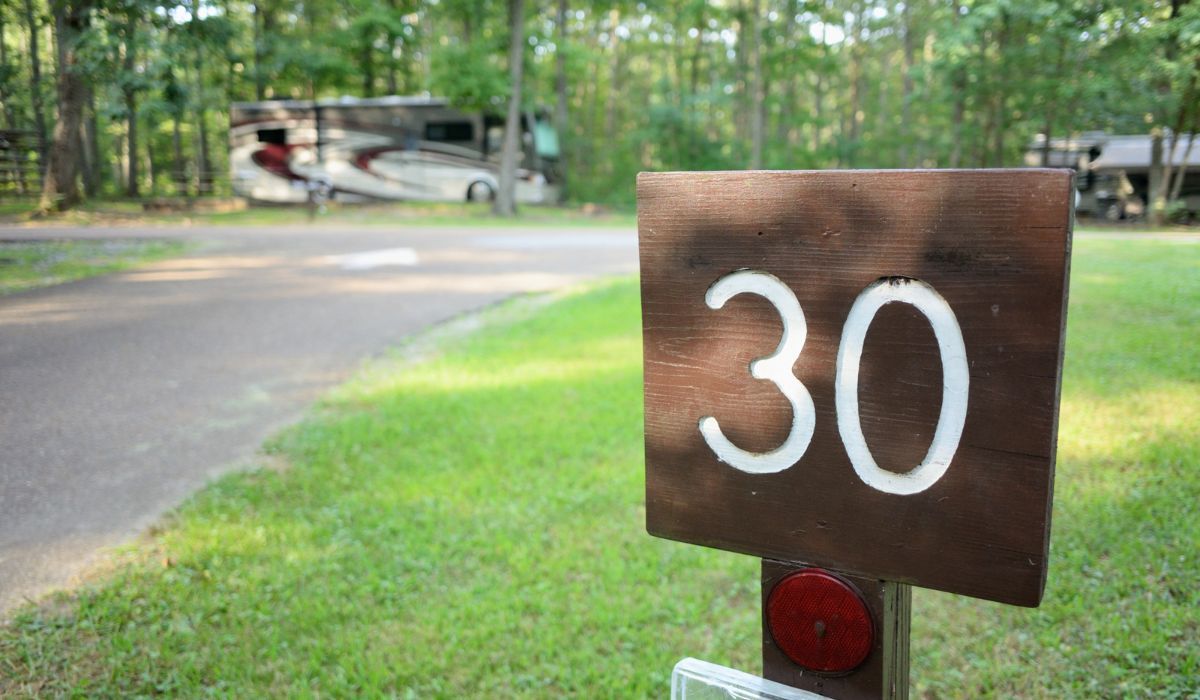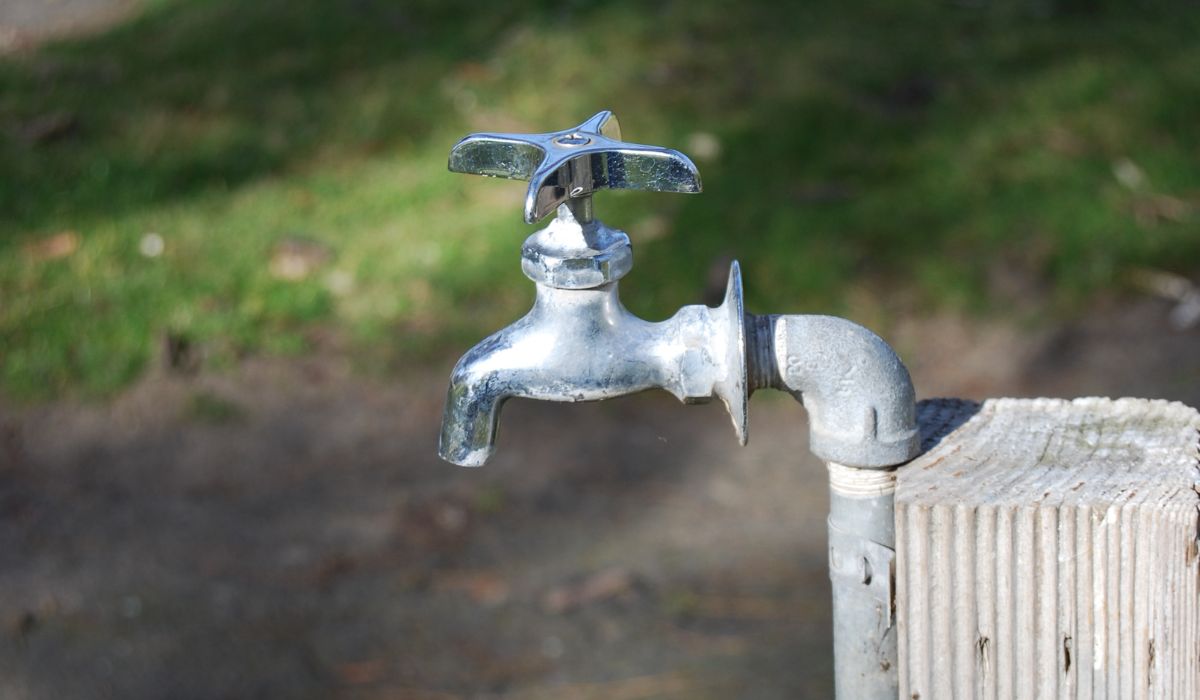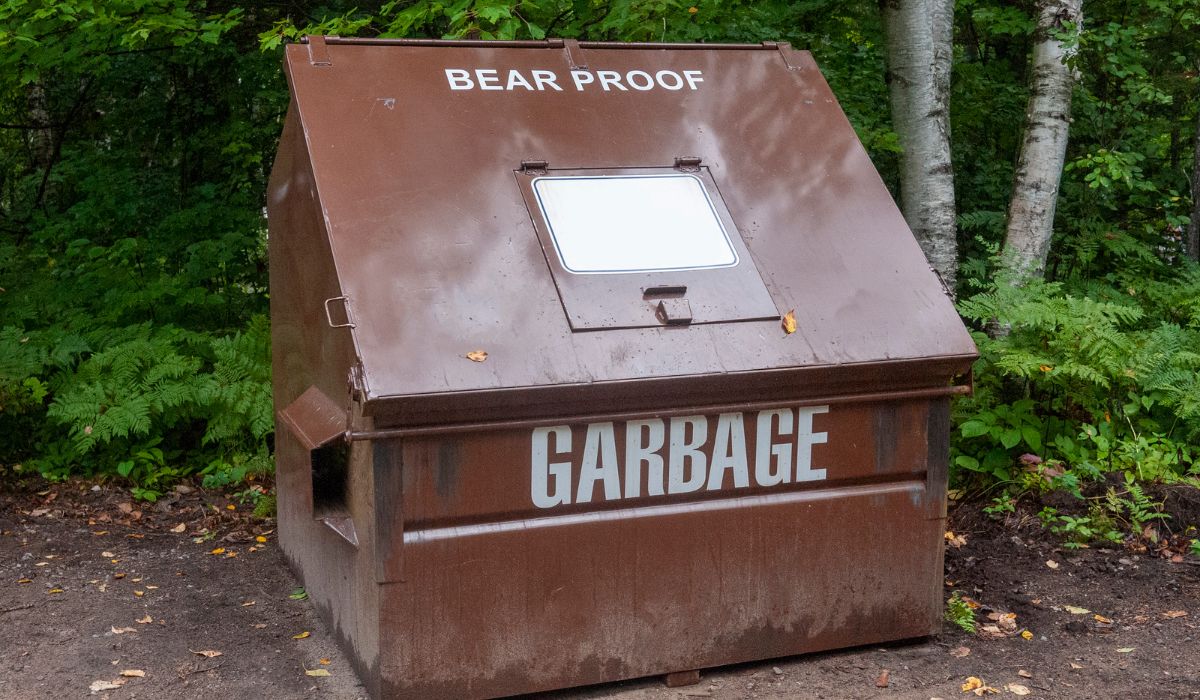RV travel and destinations
What You Need to Know About RV Camping in Canadian National Parks
Posted on January 27, 2023

RV camping in a Canadian national park can be a memorable experience, especially when you experience the parks from the comfort of an RV. However, planning your trip can be challenging if you’ve never done it before.
In this article, you’ll find everything you need to know about RV camping in Canada's national parks, including:
- Frontcountry RV campgrounds.
- Size restrictions, hookups, and amenities within the different parks.
- Entrance fees and pass requirements.
- Where and when to book your campsites.
- RV rentals near national parks.
What's a national park?
Parks Canada manages Canada's public lands, including 37 national parks and 10 national park reserves. The national parks are located in protected areas throughout Canada's lake regions, mountains, plains, tundra, glaciers, and boreal forests. These parklands give everyone a place to explore and appreciate some of Canada's most beautiful locations.
Why you'll like camping at a national park
National park campgrounds are located within the boundaries of a national park and are often the best places to stay if you want to feel close to nature and have direct access to the park's unique features.
National park RV campgrounds are often small, simple, and rustic to align with the park's preservation and conservation efforts.
What you need to know about camping at a national park
Ready to book an RV campsite at a Canadian national park? Here are some things you might want to know before making your reservations.
Operating hours
Some of Canada's national parks stay open for public recreation 24 hours a day, seven days a week, but the facilities and campgrounds within the park may operate hourly or seasonally, depending on the weather. For example, campgrounds may remain open during the peak camping season but close, winterize, or restrict usage during certain times of the year. Before booking your campsite, verify if the park has the following:
- Special permits.
- Seasonal operations or facility closures.
- Shuttle service and reservation requirements.
- Gate or road closures or arrival and departure restrictions.
Entrance fees

Most Canadian national parks require an entrance fee, which is a separate fee from overnight camping. Entry fees typically cover one private vehicle and must be paid for every day you enter the park.
If you think you're going to visit more than one Canadian national park, consider buying a Parks Canada Discovery Pass, which will grant you entrance for one year to one of the 80-plus national parks, national historic sites, and national marine conservation areas throughout Canada.
Shuttle reservations and road closures
Some national parks prohibit personal vehicles and require visitors to take a shuttle to visit a particular part of a park. Most shuttles require reservations in advance, especially during peak visitation.
Although shuttles might not be the preferred way to explore an area, the service is beneficial because it reduces the human footprint and gives more people a chance to see places with a high volume of visitors and limited parking. You can find reservation information on the park's website should you want to visit a park with a shuttle service.
Size restrictions

National parks protect the natural features of an area, and because of that, the parking lots, interior roads, and campgrounds may not accommodate every size RV.
It's important to know if the park permits oversized parking and where you can drive and park your RV. When reserving your campsite, view the campsite's details to ensure the site is long enough to fit your RV, any tow vehicles, and the slide outs or awnings you want to open during your stay.
If you're renting an RV, you can add a size filter to accommodate the size of your campsite.
Pro tip. Don't know how to find the length of your RV? Look for your rig's specifications in the manufacturer's guide or search online using the year, manufacturer, and model of your RV.
Campsite types

Pull through
Pull-through campsites have an entrance and exit on either side of the parking space, making it easy to park and set up your RV.
Back in
A back-in campsite has only one entrance and exit point, which makes it necessary for you to back into your site to park to set up your RV.
Pro tip. Reserve a pull-through campsite if you don't want to back your motorhome or trailer into your spot.
Site features and hookups
Canada's national park campgrounds classify their RV campsites using the term frontcountry camping or car camping and by the available utilities. More often than not, national park campsites are unserviced.

Electricity, water, and sewer
Sites with electricity, water, and sewer (sometimes called full hookup) come with a 15, 30, or 50-amp electrical connection and a dedicated water and sewer connection at your campsite.
Pro tip. Some campsites may have a different combination of hookups, like water and electricity only or sewer and electricity only.
Electricity
If a campsite has only electrical hookups, you'll have access to a 15, 30, or 50-amp electrical connection, but no water or sewer.
Unserviced
Unserviced campsites (sometimes called dry or primitive) don't have amenities like electricity, water, or sewer hookups.
Want to know more about RV hookups? We break everything down in How to Use the RV Hookups in a Campground.
Generators
Some national park campgrounds allow generators during certain hours of the day. If your site doesn't have electricity, and you want to use an onboard or portable generator, ensure you've read the campground's generator rules before making your reservation.

Pro tip. Prefer a quiet space to camp? Many of Canada's national park campgrounds have designated radio-free loops where campers are not permitted to use a radio, play music, run a generator, or do anything that might disturb the peace.
Max occupancy
Max occupancy is the maximum number of people permitted in a campsite. On average, national park campgrounds allow eight people in each site, but the rules will vary.
Accessible
Accessible campsites are level and larger than standard-size campsites to accommodate wheelchairs.
Pets
For the safety of park guests and to protect wildlife, most national parks won't allow dogs or cats on any trail, beach, or undesignated pet areas outside the campground.
Pro tip. Find out everything you need to know about camping with pets in The Pros and Cons of RVing with Pets.
Campground amenities
Here are some basic amenities you might find at a national park campground. If your campsite doesn't have the amenities you need, you might want to consider the proximity of the public facilities, such as the washrooms and water, and choose a site near what's most important to you.
Comfort stations
Campgrounds sometimes will have comfort stations that include washrooms with flushing toilets, running water, and showers. Bring quarters or cash for the change or token machine if you want to shower, as many national parks only have coin-operated showers.

Pit toilets
Pit toilets often remain open year-round and allow campgrounds to have services available when there are basic amenities or limited services.
Potable water
Campgrounds may have potable water taps in the campground for campers to fill water bottles and water jugs. However, these taps differ from a freshwater filling station, and most campgrounds won't allow RVers to attach a hose or fill their tanks with this water.
Pro tip. Check out 9 Things You Need to Know About Your RV’s Black Water Tank to learn everything about your RV's sewer system.
Dump station
National park campgrounds may have an on-site dump station available for registered campers. Some campground dump stations (sometimes called sani dumps) are just a drain in the ground, while others have potable and non-potable water for cleaning your sewer hoses and filling your freshwater holding tanks.
Firewood
Contact the park directly to find out if there is a firewood policy or fire ban, or visit the interactive map at Don't Move Firewood to learn the park's recommendations for using firewood responsibly.
Trash
Campgrounds may have dumpsters, recycle bins, or trash cans for campers to dispose of their trash, but if they don't, you'll have to recreate responsibly and pack your trash out yourself.
Bear-proof lockers

National park campgrounds may have bear-proof lockers if bears inhabit the park. The smell of food, water, trash, and toiletries can attract bears, and the storage lockers help keep your items away from the bears and bear activity near your campground to a minimum.
National parks with RV camping
Not all national parks have frontcountry campgrounds for RV or car camping. Find out which national parks have RV campgrounds and other important information, such as when and where to book your site, size restrictions, campground amenities, and more, by visiting the park's website.
Reserve a campsite at a national park
Ready to reserve a site? RV camping is a popular pastime, and because of that, many of Canada's national parks have moved away from first-come, first-served (FCFS) camping to reservation-only camping.
Making a reservation is easier than ever, too, since most states have an online reservation system to manage their reservations. Reservation windows vary by park, but many parks make their campsites available two months to a year in advance.
RV rentals near National Parks
Don't have an RV? You can still experience everything in the national parks by renting an RV for your adventure. Many of the hosts on RVezy can deliver, set up, and pick up an RV rental right to your campground.
Related Reads
